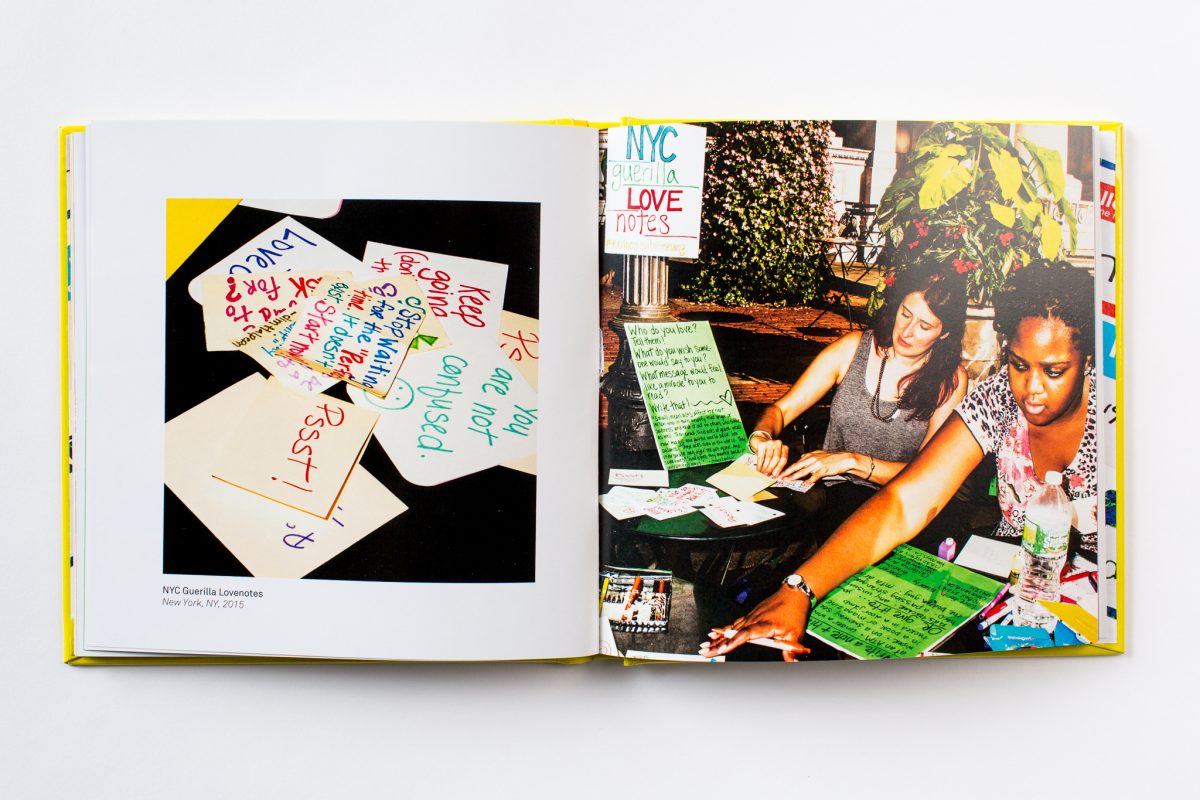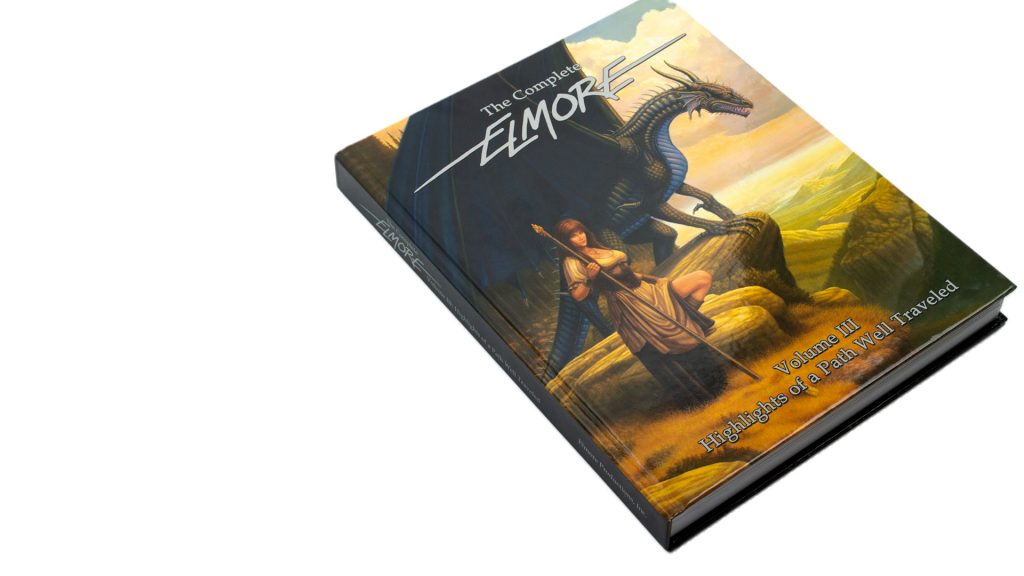Top Things to Watch Out For When Printing an art book
Top Things to Watch Out For When Printing an art book
Blog Article
Introducing the Keys of Effective Art Book Printing Techniques for Creative Professionals
When it comes to developing an art book, every information matters. You require to think regarding paper selection, binding alternatives, and shade accuracy. What are the crucial strategies that can ensure your art book stands out in a crowded market?
Understanding the Relevance of Paper Choice
When it comes to art book printing, paper choice is crucial for attaining the preferred aesthetic influence. The type of paper you choose can greatly impact just how shades show up, appearances feel, and exactly how your artwork reverberates with customers.
A glossy surface can make shades pop, while a matte surface could provide a more controlled, creative vibe. Furthermore, do not neglect the significance of acid-free paper to ensure durability and avoid yellowing with time.
Test examples prior to completing your option; this'll help you see exactly how your art engages with different papers. Ultimately, the best paper can boost your art book from ordinary to extraordinary, making a lasting impression on your audience.
Exploring Binding Alternatives for Art Books
As you immerse on your own in the world of art book printing, exploring binding options is vital for bringing your vision to life. The choice of binding effects not only the aesthetics yet additionally the performance of your book.
For a robust and creative feeling, case binding uses toughness and a professional touch. If your book consists of unique components, like fold-outs or blended media, lay-flat binding could be your finest wager, enabling pages to open up completely without shedding content. Each option has its strengths, so think of your book's function and target market. Pick intelligently, and your binding will improve the total effect of your art book.
Grasping Shade Precision in Print

When preparing your data, convert images to the CMYK shade setting, as this is what printers utilize. Be conscious of shade areas; Adobe RGB offers a wider range than sRGB, however it's important to convert to CMYK before publishing to prevent surprises.
Test prints are invaluable; they allow you see how shades convert to paper. With attention to information, you can achieve lively, true-to-life colors in your art book.
Guaranteeing High Photo Resolution for High Quality
To assure your art book captures the spectacular detail of your pictures, high photo resolution is vital. Purpose for a minimum of 300 DPI (dots per inch) for optimal high quality. This assures that every detail in your artwork shows up crisp and dynamic, allowing your visitors to value the subtleties of your creativity.
When preparing your photos, always begin with the highest resolution possible. If you're scanning art work, use a high-grade scanner and choose the proper setups. If you're using electronic files, ensure they're saved in styles like TIFF or PNG, which keep picture top quality much better than JPEGs.
Additionally, take into consideration the final dimension of your pictures in print. A photo that looks terrific on your screen may not convert well to print if it's as well little. By concentrating on high image resolution, you'll produce an expert art book that showcases your operate in the best light.
The Duty of Design and Style in Art Books
While crafting an art book, the design and design play an essential role in boosting the aesthetic experience. You desire your audience to involve with your job, and a thoughtful format can assist their journey through the web pages. Take into consideration the equilibrium between text and photos; excessive text can overwhelm, while insufficient could leave your message uncertain.
Use whitespace properly to offer your art work breathing space, permitting each piece to beam. Think of the flow of the pages-- just how each photo engages with the next. This can create a story that draws viewers in and maintains them captivated.
Do not neglect typography! Choosing the ideal fonts can enhance your art work and reinforce your design. Ensure your layout lines up with the overall motif of your book, producing a cohesive experience. With careful focus to design and design, your art book can end up being dig this a sensational aesthetic narrative that reverberates with your audience.
Picking the Right Printing Technique
The right printing method can significantly influence exactly how your art book is regarded and experienced. You'll want to mirror on aspects like the type of paper, color integrity, and binding options. Digital printing is perfect for brief runs, providing fast turn-around times and dynamic shades that bring your artwork to life. If you're intending for a bigger volume, balance out printing may be your best choice, giving exceptional high quality and even more affordable prices each.

Budgeting for Art Book Manufacturing
Budgeting for art book manufacturing is essential, and obtaining a go to website clear image of your expenses can save you from unexpected prices in the future. Start by specifying your spending plan, taking into consideration all elements like design, printing, and circulation. Research study printing choices to discover one that fits your quality and amount requirements without damaging the bank.
Do not forget to consist of expenses for products, such as paper and ink, in addition to any kind of added functions like embossing or specialized finishes. Consider design costs, whether you're doing it yourself or employing a professional. Likewise, account for advertising and marketing and promotion, as they're essential for reaching your target market.

Regularly Asked Inquiries
What Are the Best Printers for Art Book Projects?
When choosing printers for your art book projects, consider top notch inkjet versions like Canon or Epson. They supply vibrant colors and more helpful hints sharp details, guaranteeing your art work sticks out magnificently on every page.
Just how Do I Prepare My Apply For Printing?
To prepare your apply for printing, guarantee you've set the appropriate resolution, shade mode, and data format (art book). Don't forget to include bleed and crop marks, so your art work publishes completely without any undesirable borders
What Is the Average Turnaround Time for Art Book Printing?
The average turn-around time for art book printing varies, but you can generally anticipate it to take in between two to four weeks. Variables like intricacy and volume can affect this timeline, so strategy accordingly.
Can I Publish Art Books in Tiny Quantities?
Yes, you can print art publications in small quantities. Several printing solutions use short-run choices, allowing you to create restricted editions without high ahead of time expenses. This flexibility helps showcase your work while managing spending plan restraints efficiently.
What Are Usual Blunders to Prevent in Art Book Printing?
When printing art publications, avoid usual errors like bad data resolution, neglecting shade calibration, and ignoring to proofread. Also, don't take too lightly the value of choosing the ideal paper and binding strategies for your task.
Report this page